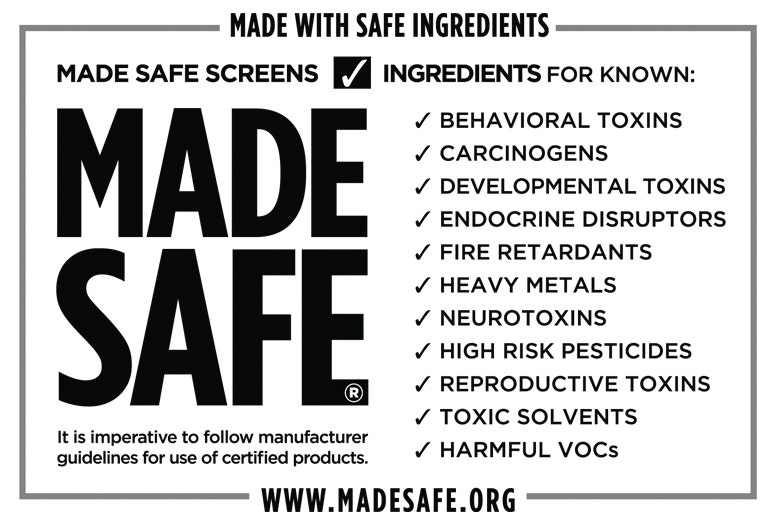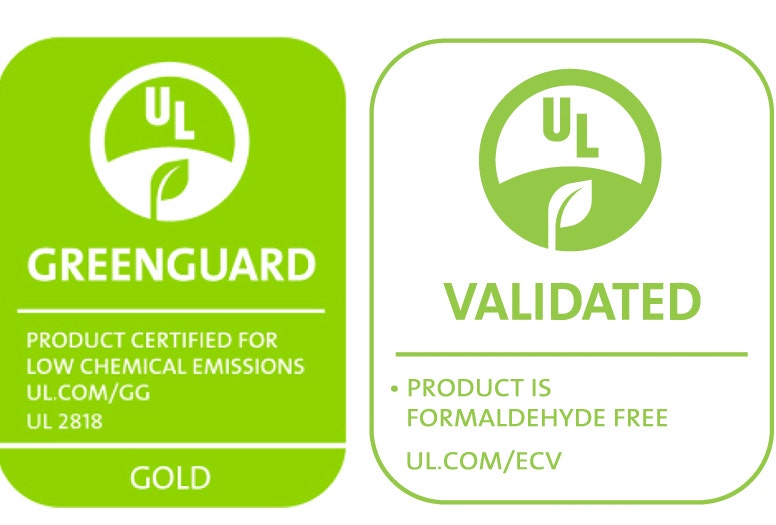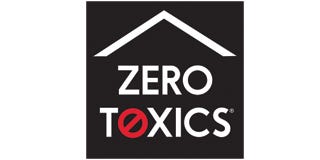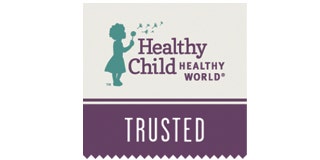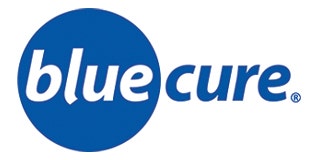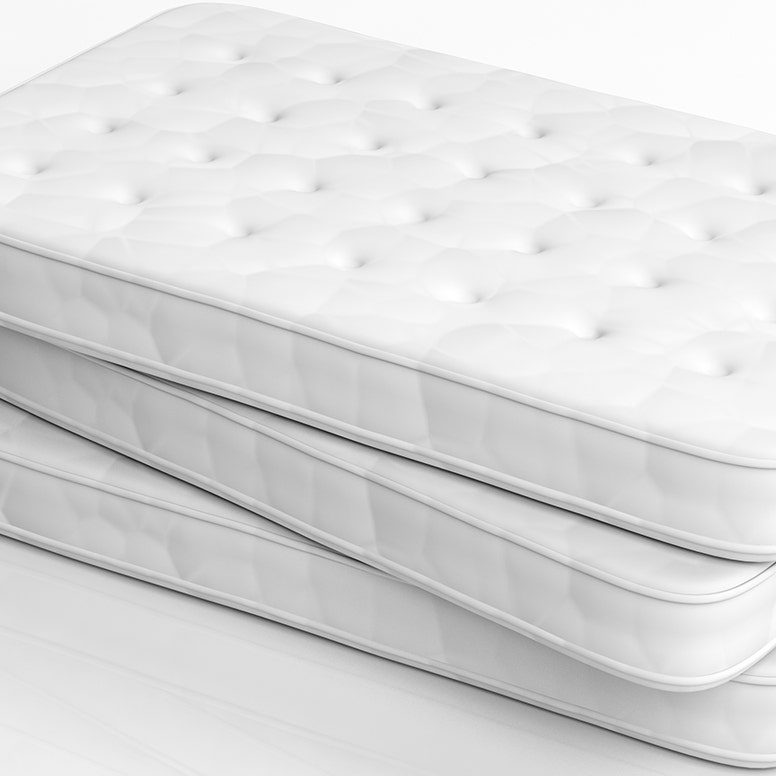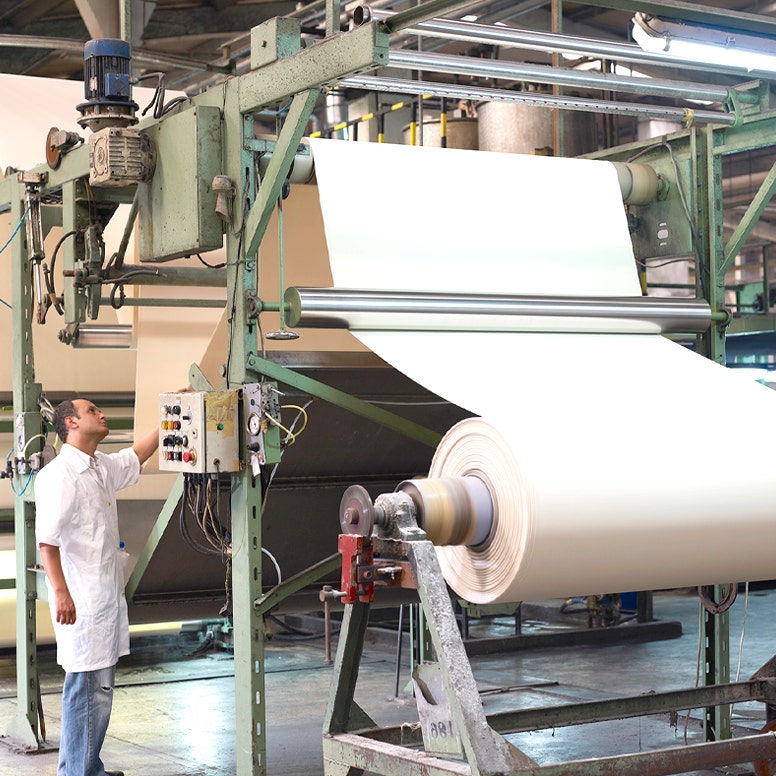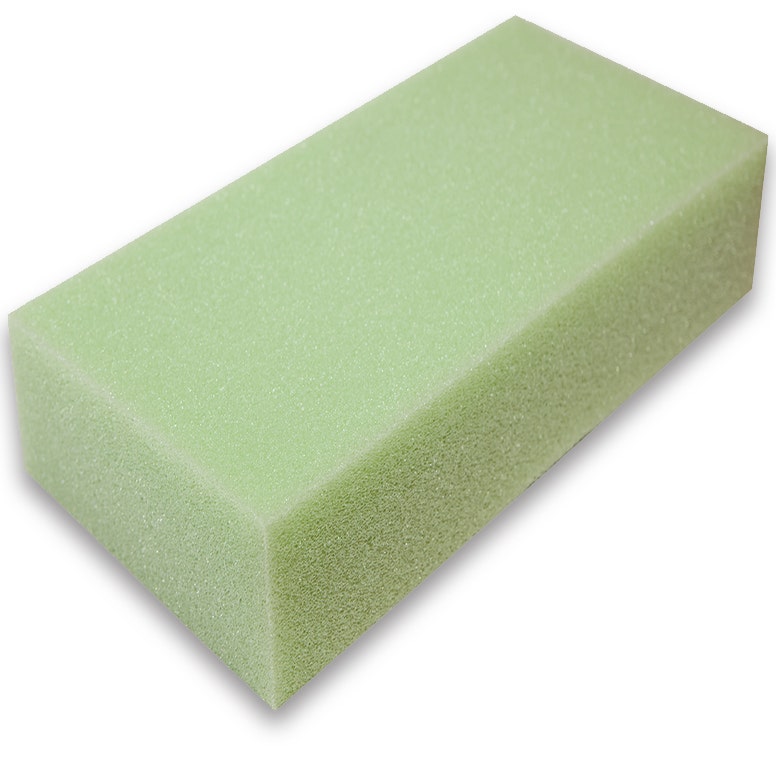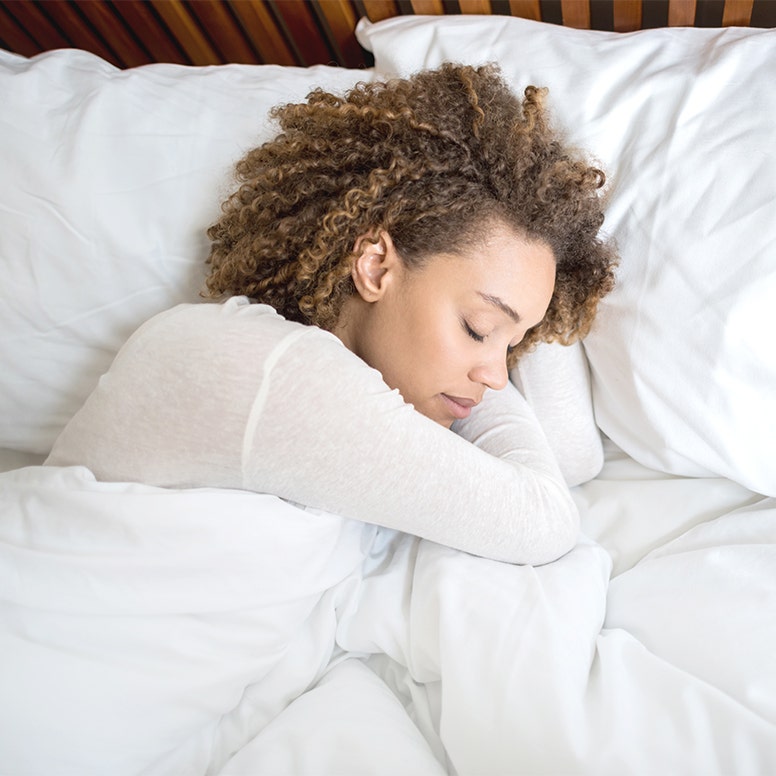-
 BABY
BABY
-
 KIDS
KIDS
-
 ADULT
ADULT
-
 LEARN
LEARN
-
 STORES
FIND A STORE
STORES
FIND A STOREFEATURED GALLERIES
New York City Los Angeles Brooklyn Irvine Washington D.C. San Diego Boston Downtown San Francisco Boston Metro Silicon Valley Atlanta Marin - San Rafel Chicago Peninsula Minneapolis Denver Dallas Portland Dallas-Frisco Scottsdale Dallas-Southlake Seattle-Bellevue Cleveland Toronto-Leaside Charlotte Toronto-Oakville Greenwich Vancouver West Palm Beach
Search
organic
Minimize chemical exposure
The uncovering of toxic chemicals in consumer products has become an increasingly worrisome trend. While the field of chemical engineering has introduced a host of miraculous consumer products, most of these chemicals have never been tested for health and safety, while others suspected of being problematic are still in widespread use. From flame retardants to VOCs, there's plenty to be concerned about. Fortunately, you can protect yourself and your family through education and by selecting products that don't contain these chemicals in the first place. Naturepedic follows third-party certification standards like GOTS, GOLS, MADE SAFE, GREENGUARD and Oeko-Tex 100 Class 1 when determining what materials/quantities are appropriate for use and are considered "non-harmful."
“Between 2010 and 2020, we expect the number of new cancer cases in the United States to go up about 24% in men to more than 1 million cases per year, and by about 21% in women to more than 900,000 cases per year.”
Centers for Disease Control and Prevention (CDC), Expected New Cancer Cases and Deaths in 2020
“… while the Consumer Product Safety Commission effectively handles issues concerning immediate injury - like lawn darts - it has an ad hoc process to deal with the longer-term health threats like those posed by chemicals.”
National Environmental Trust, Toxic Chemicals Widespread in Consumer Products, Tony Iallonardo
GET THE FACTS
There are some pretty nasty chemicals out there. The more educated you are, the more you can protect yourself and your family. Here are two specific areas of chemical concern worth highlighting regarding mattresses.
While some newer specialty crib mattresses don't use polyurethane foam, they generally still contain flame retardant chemicals or added flame barriers. When in doubt, it's always best to ask. No matter how "safe" they tell you the flame retardants are, it's always chemically safer to not need them in the first place!
how are all these chemicals allowed?
protecting our children
Many doctors and scientists have become concerned with the toxicity issues of various products, including children's mattresses, particularly regarding the possible effects of these chemicals on our children given their increased vulnerability. The National Academy of Sciences describes four factors that may contribute to children's unique vulnerability to the harmful effects of chemicals.
1) Children’s exposures are greater pound-for-pound than those of adults
2) Children are less able than adults to detoxify and excrete chemicals
3) Children’s developing organ systems are more vulnerable to damage from chemical exposure
4) Children have more years of future life in which to develop disease triggered by early exposure
It is becoming increasingly clear that toxic chemicals are affecting our children. A primary source of toxic chemicals in the environment of a child while developing is the mattress and sleeping environment. Removing potentially harmful chemicals from these prominent objects represents a prudent and wise approach for concerned parents.









